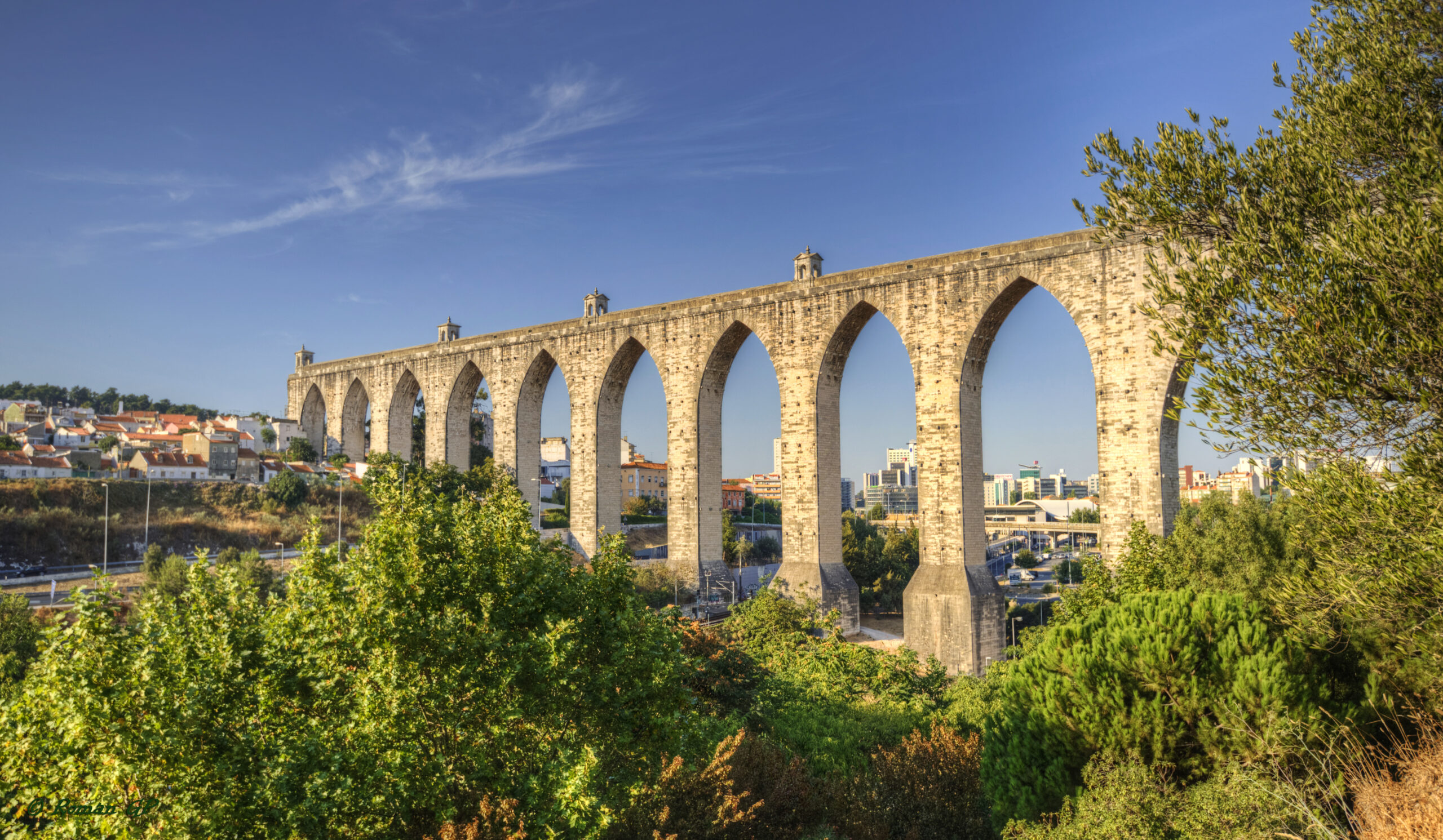Suggestions: Lisbon with Alex – Inclusive Museums to visit
Lisbon (Lisboa in Portuguese) is the capital and largest city of Portugal, with more than 545.000 residents. It is the westernmost capital of continental Europe, located on the European Atlantic Coast, on the estuary of the Tagus River. The municipality of Lisbon is home to more than 20 higher education institutions, with over 150.000 students residing in the metropolitan area. As one of the oldest cities in Europe, Lisbon has a rich cultural history formed by millennia of exchanges between many civilisations. Presently, Lisbon is a global city, highly integrated in the world economy as a centre of commerce, culture, innovation, and one of the most popular tourist destinations in Europe.
Culture and heritage
There is a wide variety of sites, monuments, museums, galleries, and cultural centres to visit during a stay in Lisbon. The city is home to two UNESCO World Heritage Sites: Belém Tower and Jerónimos Monastery, located in the parish of Belém, on the riverfront of the western part of the city. Both monuments are notable examples of the Manueline style, the late Gothic architectural style that flourished during the Portuguese Renaissance. The Lisbon Baixa, also known as Baixa Pombalina, is another hallmark of the city, built in the aftermath of the 1755 earthquake, reinventing Lisbon for the Age of Enlightenment.
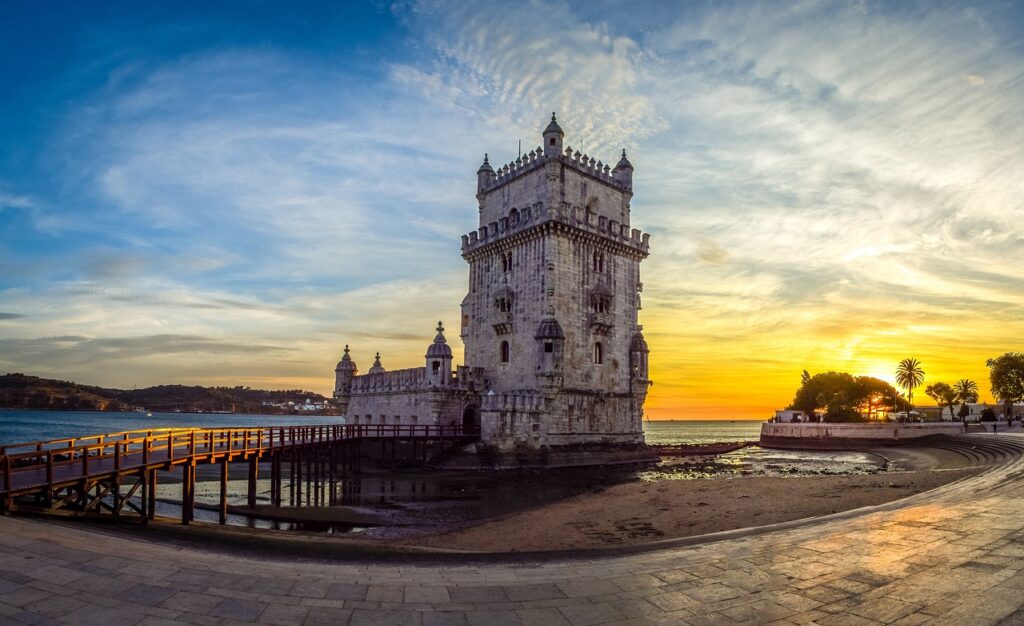
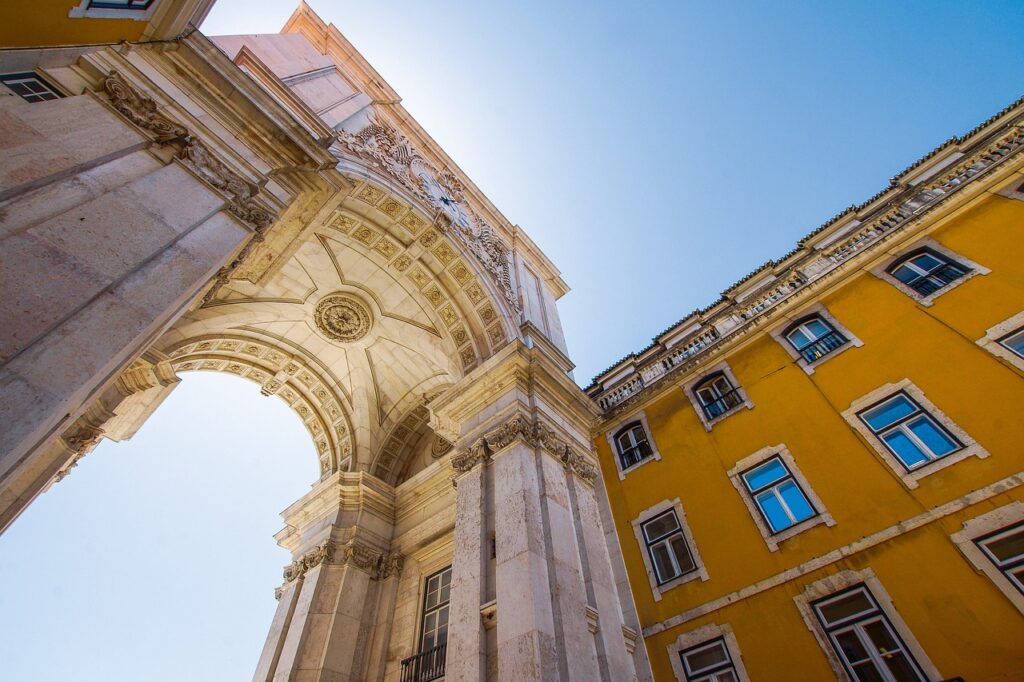
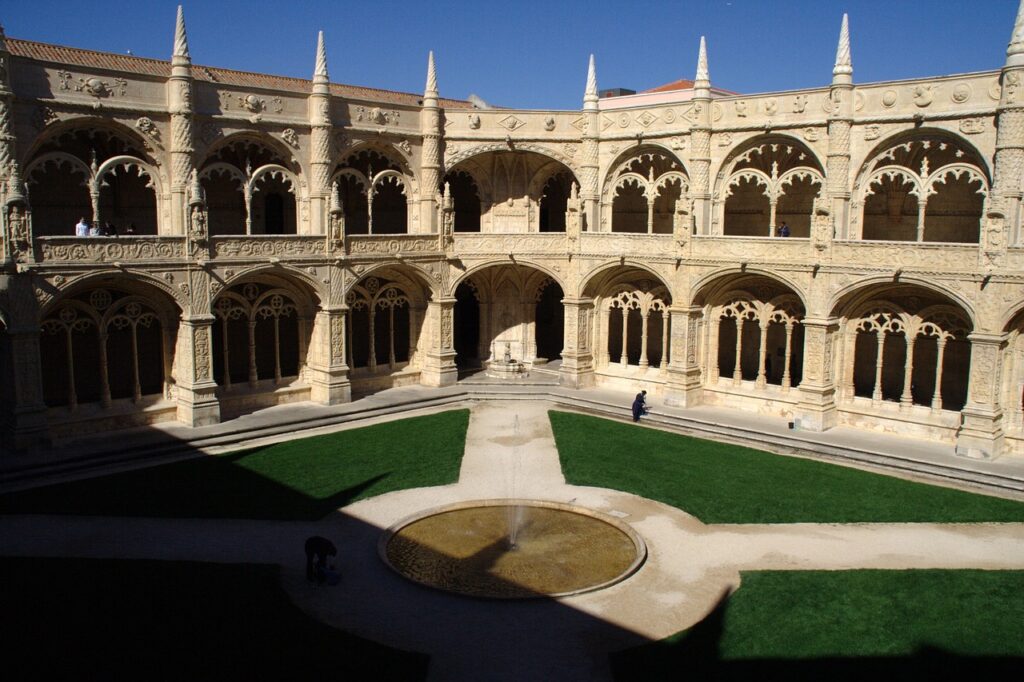
Among the many museums, art galleries and cultural centres located in the city, we highlight the Calouste Gulbenkian Museum, located close to the conference venue, whose diverse collection ranges from Egyptian art to famous Western artists like Rembrandt, Renoir, Monet, and Rodin. The National Tile Museum is a notable museum in Lisbon, with a singular collection offering a journey through the history of tile, an important artistic expression in Portuguese culture. Last, but not least, the National Coach Museum houses a unique collection of coaches, berlins and carriages from the 17th, 18th, and 19th centuries, and is one of the most visited museums in the city. All three are well prepared for accessibility and the last two include Braille descriptions of the collections.
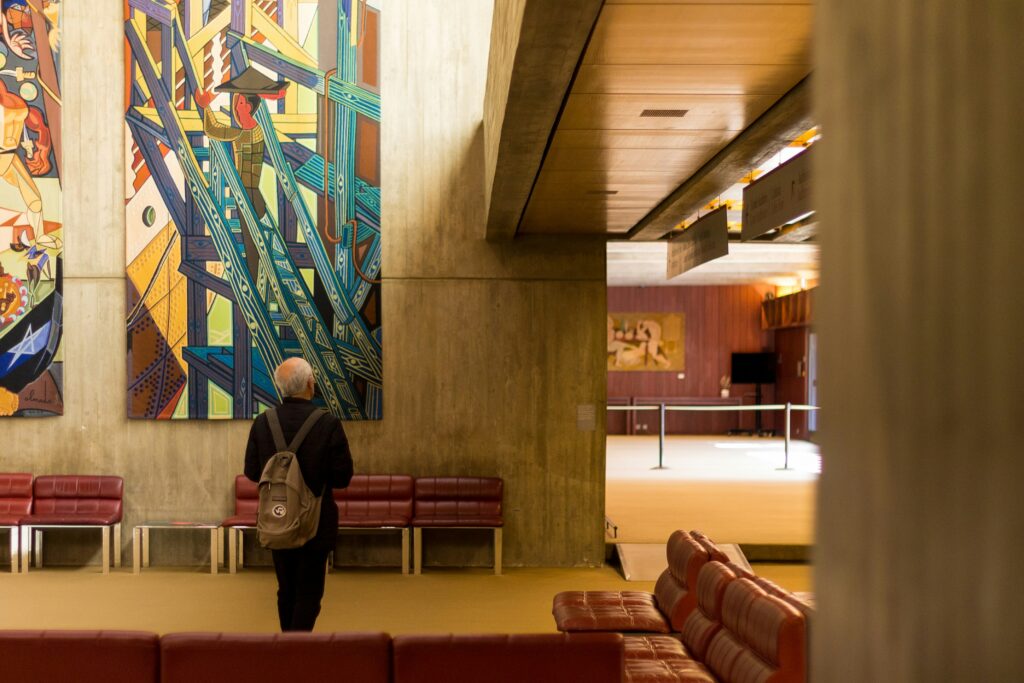
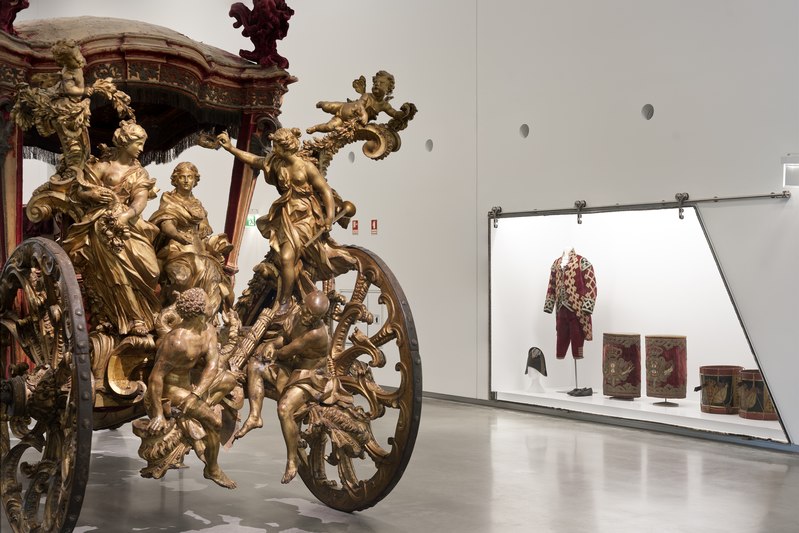
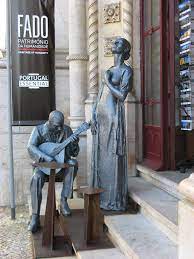
Fado is an important musical expression of Lisbon and is included in UNESCO’s Lists of Intangible Cultural Heritage. While in Lisbon, one can visit many fado houses in the traditional neighbourhoods of Bairro Alto, Mouraria or Alfama. Also, a good choice to visit is the Museum of Fado or the House-Museum of Amália Rodrigues, the most famous fado singer in history and a cultural icon of Portugal.
Portuguese cuisine
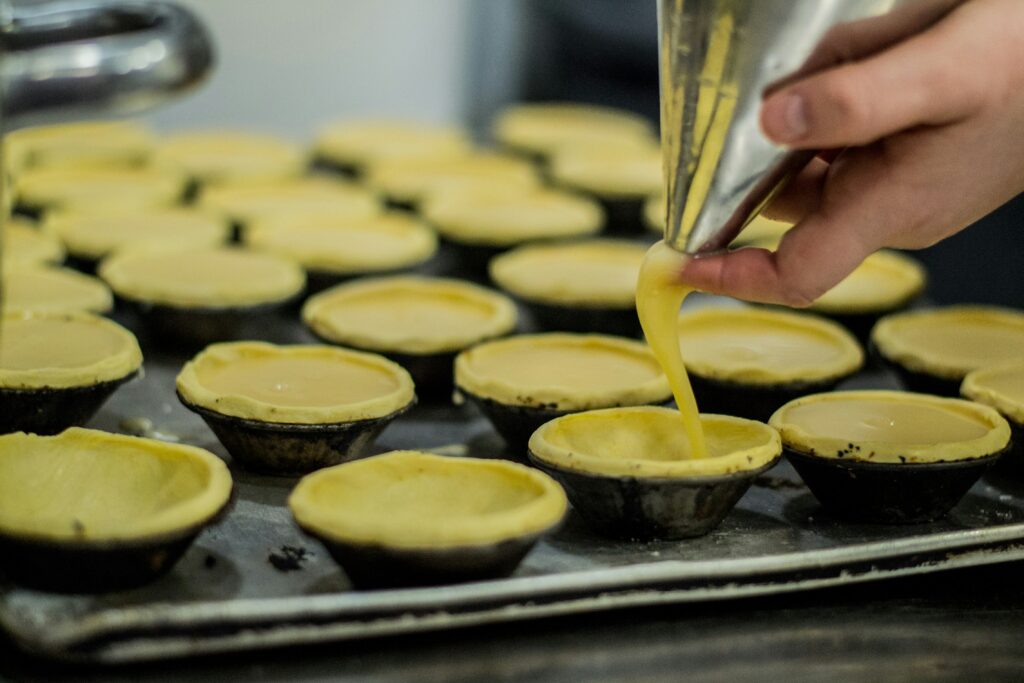
There are over 5000 restaurants in Lisbon, where the visitor can sample a wide variety of Portuguese and international cuisine. Some of the better-known local delicacies are bacalhau (salted codfish), grilled sardines, octopus, and the pastel de nata, a custard tart, optionally sprinkled with cinnamon.
There are many options for international cuisine available in the city, including restaurants that cater to dietary restrictions and special diets, such as vegetarian restaurants.
Shopping
Lisbon has many shopping streets, markets, fairs, shopping centres and outlets with diverse offerings for all budgets. The Baixa is one of the oldest commercial neighbourhoods of the city, whose street names evoke the trades that used to be carried out there, such as Rua do Ouro (Gold St.), Rua dos Bacalhoeiros (Codfish Traders St.) and Rua dos Correeiros (Leather-Workers St.). Further up, Chiado is an area more focussed on art and fashion, with several galleries, design studios and stores located there. Going further uptown, one can find several artisanal and gourmet stores in Príncipe Real. Avenida da Liberdade is the better-known shopping boulevard of the city, where it’s possible to find some of the finest international brands while enjoying a walk under the shade of elms, palms, acacias, and other trees. On Tuesdays and Saturdays, one can visit the most famous street market of the city, Feira da Ladra (Thieves’ Fair), in São Vicente.
Closer to the conference venue, one can find several department stores and shopping centres with many international brands in the São Sebastião and Saldanha neighbourhoods. On Thursdays and Fridays, a more recent and vibrant street market at Avenida Duque de Ávila is the place to go.
With time to venture further out, the visitor can find several art studios and stores in LxFactory, an historical industrial complex in the Alcântara neighbourhood, which was given new life as an independent centre for art, design, and gourmet experiences. In the eastern part of town, Parque das Nações is a busy commercial area where we can also enjoy many activities or simply a nice walk along the river.
